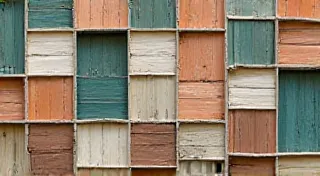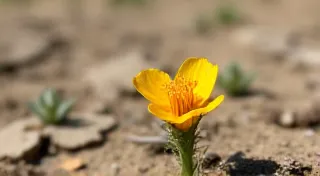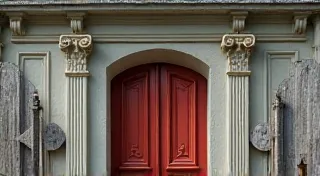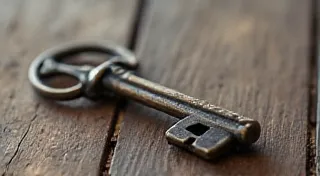Beyond the Notes: The Sensory Experience of Building and Playing Traditional Instruments
The world of folk music isn’t just about melodies and lyrics; it’s a tapestry woven from the very essence of place, history, and human touch. It’s an experience that resonates far beyond the audible, a sensory journey embedded within the creation and performance of traditional instruments. To truly understand these instruments—to feel their soul—is to engage with the wood, the metal, the very spirit of the craftsman who brought them into existence.
I remember the first time I held an antique accordion. It wasn't a polished showroom piece; it was salvaged from a dusty attic, a relic of a forgotten era. The wood was scarred, the bellows slightly cracked, the keys worn smooth by countless fingers. But it wasn’t the imperfections that captivated me; it was the *smell*. A rich, earthy aroma of aged wood, leather, and decades of accumulated stories. It was a smell that transported me instantly – a smell of rural dances, of family gatherings, of a simpler time. That initial encounter sparked a fascination that has shaped my understanding of regional folk music and its instruments.
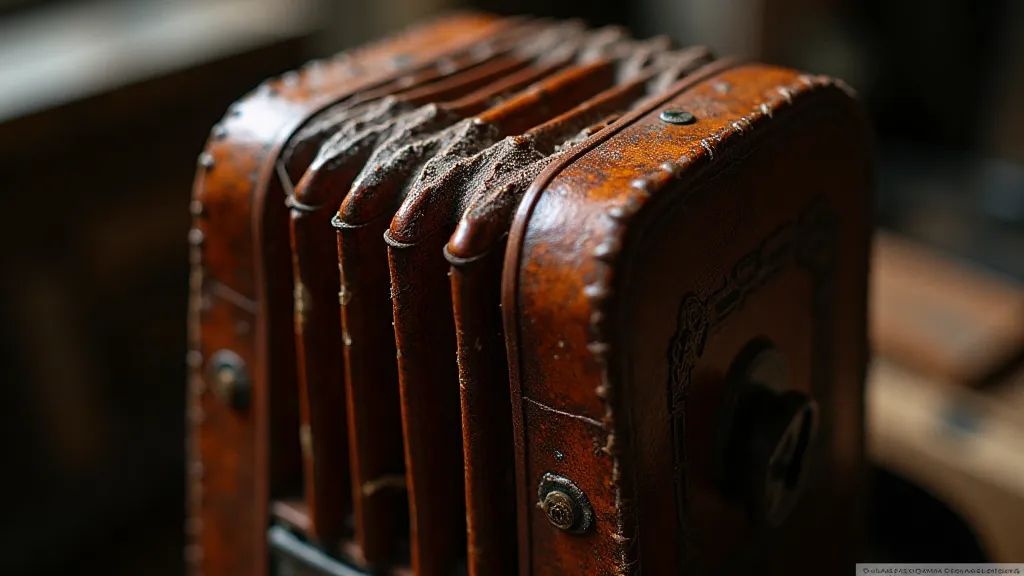
The Language of Wood
Consider the construction of a wooden folk instrument, like a Cretan Laouto or an Appalachian Dulcimer. The selection of wood is more than a technical decision; it’s a connection to the landscape. Oak might be chosen for its strength and resonance, cedar for its lightness and warmth, maple for its clarity and precision. Each wood carries its own character, its own inherent voice. The carpenter, or instrument maker, isn't just assembling pieces of timber; he’s coaxing a song from the grain, shaping it with an understanding that transcends mere construction. The history of these instruments is often deeply interwoven with the specific woods available in their regions, highlighting how environment directly shapes cultural expression. Exploring how different instruments from diverse cultures blend and evolve, sometimes surprisingly, reveals a fascinating story of melodic alchemy.
The process itself is a slow, deliberate dance. The feel of the plane shaving off fine curls of wood, the careful rasping of a file, the satisfying thunk of a chisel – these are the sounds of creation, a rhythmic meditation that builds a physical relationship between the maker and the instrument. Think about a Sicilian Mandolin, painstakingly carved from an aged poplar. The maker’s hands, calloused and experienced, instinctively understand the wood’s response to each touch, knowing just how much pressure to apply, where to yield, and where to assert. These craftsmen aren't simply constructing objects; they are preserving traditions passed down through generations, often with a symbolic weight far beyond the purely functional. Each stroke of the chisel, each carefully placed piece, contributes to a story that is as important as the music the instrument will eventually produce.
The Vibrations That Speak to the Body
The feeling of playing a traditional instrument is profoundly different from playing a modern, factory-produced one. There's a warmth, a life, a responsiveness that's simply missing from the mass-produced. Think about the tactile feedback you receive when pressing a key on a Finnish Kantele. The slight give of the wood, the subtle vibration transmitted through your fingertips – it’s a direct connection to the instrument’s heart. You don’t just hear the note; you *feel* it resonate within your body. This intimate connection is amplified by the very materials used—the natural imperfections and character of the wood contributing to a more authentic and emotionally resonant experience.
The materials themselves contribute to this experience. The cool, smooth feel of ivory keys on an older accordion, the tautness of gut strings on a Portuguese Guitarra, the slight rasp of horsehair on a bow drawn across the strings of a Hungarian Cimbalom – each sensation adds another layer of complexity to the performance. The choice of material isn't arbitrary; it's a deliberate decision to evoke specific feelings and connect the player and listener to a particular cultural heritage. The symbolism imbued within materials, for instance, the historical preference for certain woods or animal products, often speaks volumes about the values and beliefs of the communities that created these instruments.
It’s more than just physical sensation; it's an emotional connection. Playing a traditional instrument is, in a sense, inhabiting the spirit of those who came before. You’re channeling their skill, their passion, their connection to their heritage. These instruments aren’t just tools; they’re vessels of collective memory, transmitting cultural narratives across generations.
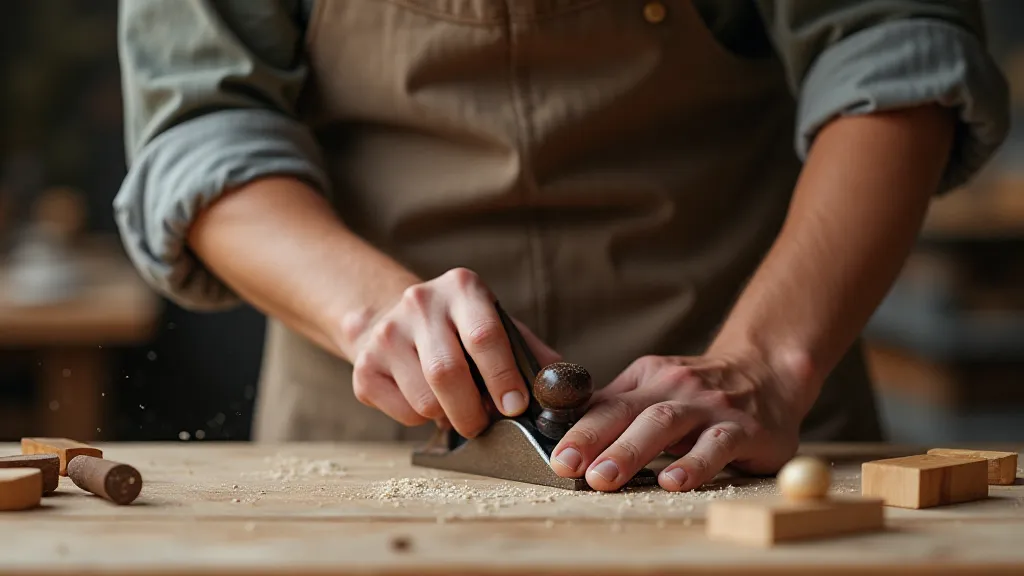
The Sentimental Value of Imperfection
Modern manufacturing strives for perfection – flawless finishes, uniform components, and consistent performance. But in the world of traditional folk instruments, imperfections are not flaws; they are testaments to history, marks of character, echoes of the hands that shaped them. A small scratch on the body of a Scottish Border Accordion might represent a moment of celebration, a hurried repair after a dance, a silent witness to years of music-making. These aren’t simply blemishes; they are part of the instrument’s biography, telling a story of use, care, and resilience.
These imperfections aren’t something to be hidden or corrected. They’re part of the instrument's story, adding to its charm and authenticity. They’ve accumulated patina—that wonderful glow that develops over time from constant use. A restored instrument, while functionally sound, can sometimes lose that vital connection to its past if the original character is erased. The best restoration often focuses on preservation, stabilizing the instrument's condition while respecting its original form and imperfections. For instance, the story each instrument tells is unique, and that individuality is what makes them so captivating – an exploration of this concept is frequently seen in instruments as storytellers.
Collecting and Appreciation: Beyond the Monetary Value
Collecting traditional instruments isn't about accumulating objects; it's about preserving a cultural heritage. Each instrument is a window into a specific time and place, a tangible link to the musicians and communities that created it. It's about appreciating the artistry, the craftsmanship, the stories embedded within the wood and metal. This goes beyond simply acquiring a beautiful object; it’s about participating in a continuous cycle of preservation and understanding.
Beyond the financial value, lies the inherent emotional connection one can develop with these instruments. Understanding a little about the instrument's history—where it originated, how it was used, who played it—deepens that connection exponentially. Even a simple act, like researching the maker’s mark or tracing the instrument’s provenance, can unveil layers of fascinating detail. Knowing the instrument’s journey—the hands that shaped it, the music it played, the stories it witnessed—transforms it from a mere object into a treasured artifact.
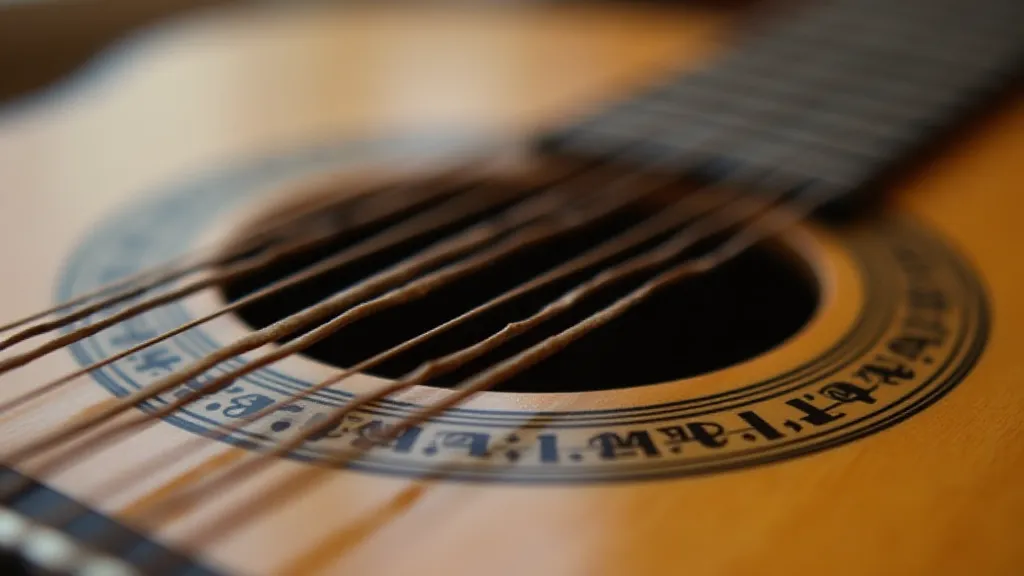
The Echoes of Absence
The significance of an instrument isn't solely defined by its existence; sometimes, it's the absence of an instrument that shapes a musical tradition. When a particular instrument disappears from a culture, it leaves a void—a space that is filled by adaptation, innovation, and the creative reimagining of musical expression. The stories surrounding lost instruments, and how their absence propelled musical evolution, are a testament to the incredible resilience and adaptability of human creativity. Considering this aspect adds another layer to the complex narratives surrounding traditional instruments.
The Lineage of Crafting Families
The traditions of instrument making often pass down through generations, creating families of skilled craftsmen who carry on the legacy of their ancestors. These families aren't just passing down technical skills; they are transmitting a cultural identity, a sense of purpose, and a deep connection to their heritage. Tracing the history of these families reveals fascinating stories of dedication, innovation, and the enduring power of tradition. Learning about the families behind these instruments and their invaluable contributions to music is key to understanding their significance. The dedication and perseverance of instrument making families offers a compelling look at cultural preservation—a theme explored in depth in The Maker's Mark.
A Legacy of Resonance
The sensory experience of building and playing traditional instruments is more than a craft or a hobby; it’s a connection to our shared human heritage. It's a way of honoring the past, celebrating the present, and preserving the legacy for future generations. To engage with these instruments—to feel their warmth, to smell their history, to hear their voices—is to touch the very soul of folk music. They represent not just musical expression but a tangible link to history, cultural identity, and the enduring power of human creativity. These instruments, with all their quirks and imperfections, are a vital part of our shared human story, and it is our responsibility to protect and celebrate them for generations to come.
